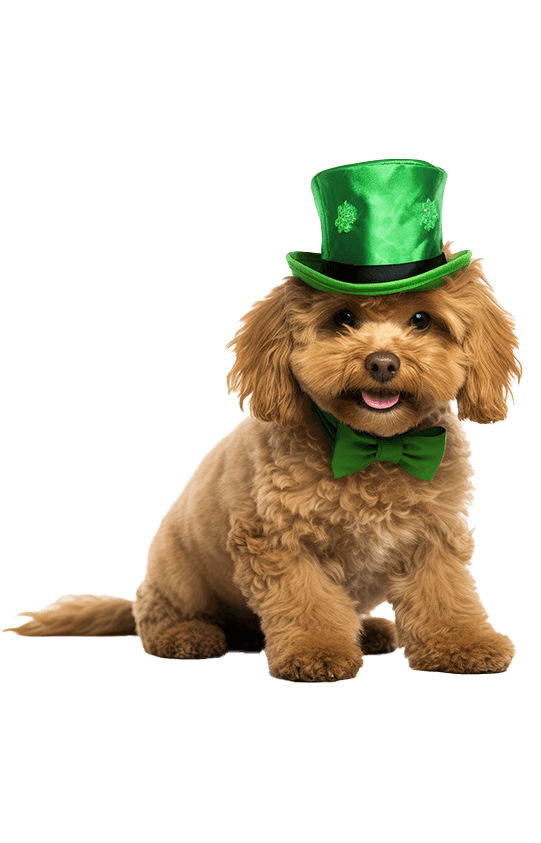
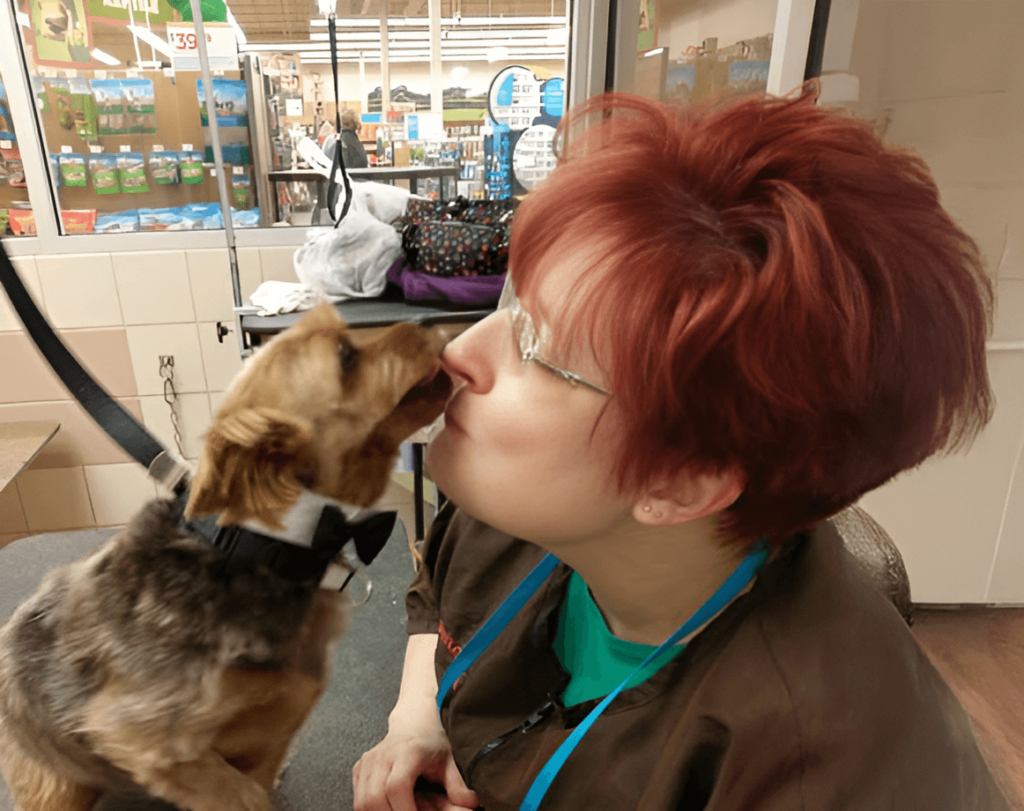
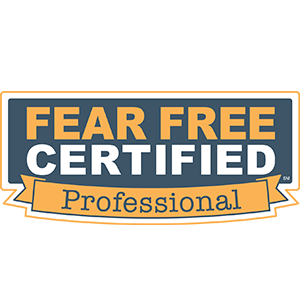
Lucky Puppy Dog Grooming in Kennewick, WA has been grooming pets in the Tri-Cities since 2010. We have a reputation not just for the quality of work but also for how we work with pets. We groom with the same care as if the pets were our pets.
At Lucky Puppy, we believe that grooming should be a positive experience for every dog, no matter their needs. Whether your pup needs a full-service groom, a fresh bath, or a little extra pampering, our certified professionals are here to help.
We’re more than just a salon—we’re a place where your pup feels right at home. We treat every dog like our own, with love, care, and attention in a warm, welcoming environment.
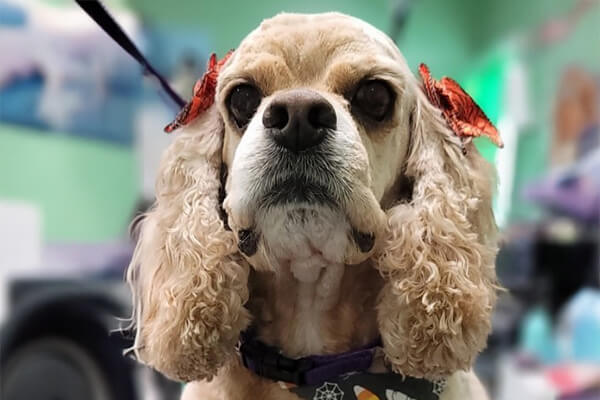
A complete cut and style tailored to your dog’s coat and breed. This service includes haircut of your choice plus full service bath with customized shampoo and conditioner, doggy facial, teeth brushing/breath spray, blowout/brushing, ear cleaning/plucking, nail trim/dremel, gland expression, and more.
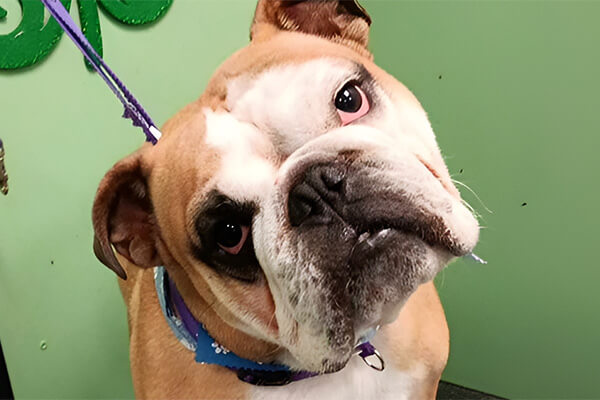
A thorough wash, blow-dry, and brushing to keep coats fresh. This service includes customized shampoo and conditioner, doggy facial, teeth brushing/breath spray, blowout/brushing, Ear cleaning/plucking, nail trim/dremel, gland expression, pad scoop/foot trim, sanitary trim, and scent Spritz.

Enhance your dog’s grooming experience with a variety of specialized treatments. Learn about our additional service packages, which are designed to keep your furry friend looking their best and include nail trims, de-shedding treatments, skin and coat repair therapy, teeth cleaning, ear care, flea treatments, and more.
Our team is trained to recognize signs of stress and ensure a safe, comfortable experience.
We welcome dogs with aggression, anxiety, or medical conditions.
We use only premium, plant-based shampoos and conditioners.
We provide free grooming for shelter pets and proudly support the West Richland Police Department’s therapy dog program.
Fear-Free Certified | AKC Safe Grooming | Certified Canine Estheticians | Canine CPR Certified
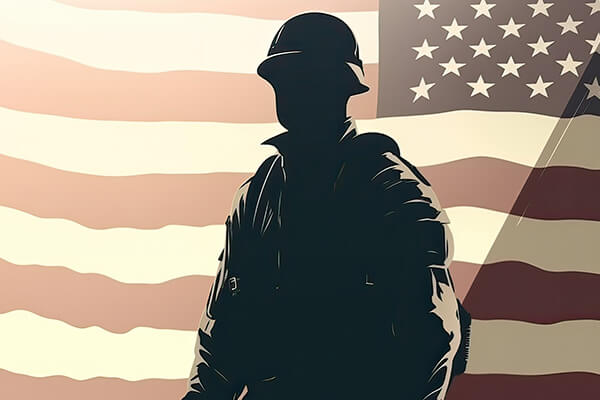
We offer a special 10% off (with valid ID) discount on all grooming services for military personnel and first responders. Thank you for your service!

Refer a friend and you both get 10% off your next visit! Share the love and enjoy the rewards!
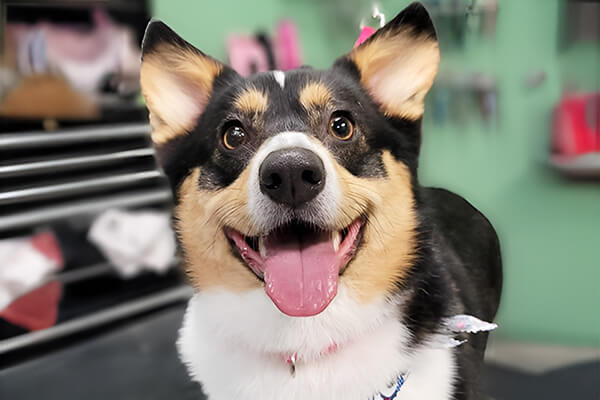
Join our Loyalty Program! Get 50% off after 10 visits—our way of saying thanks!

Official Sponsor of K9 Officer Polar’s Grooming


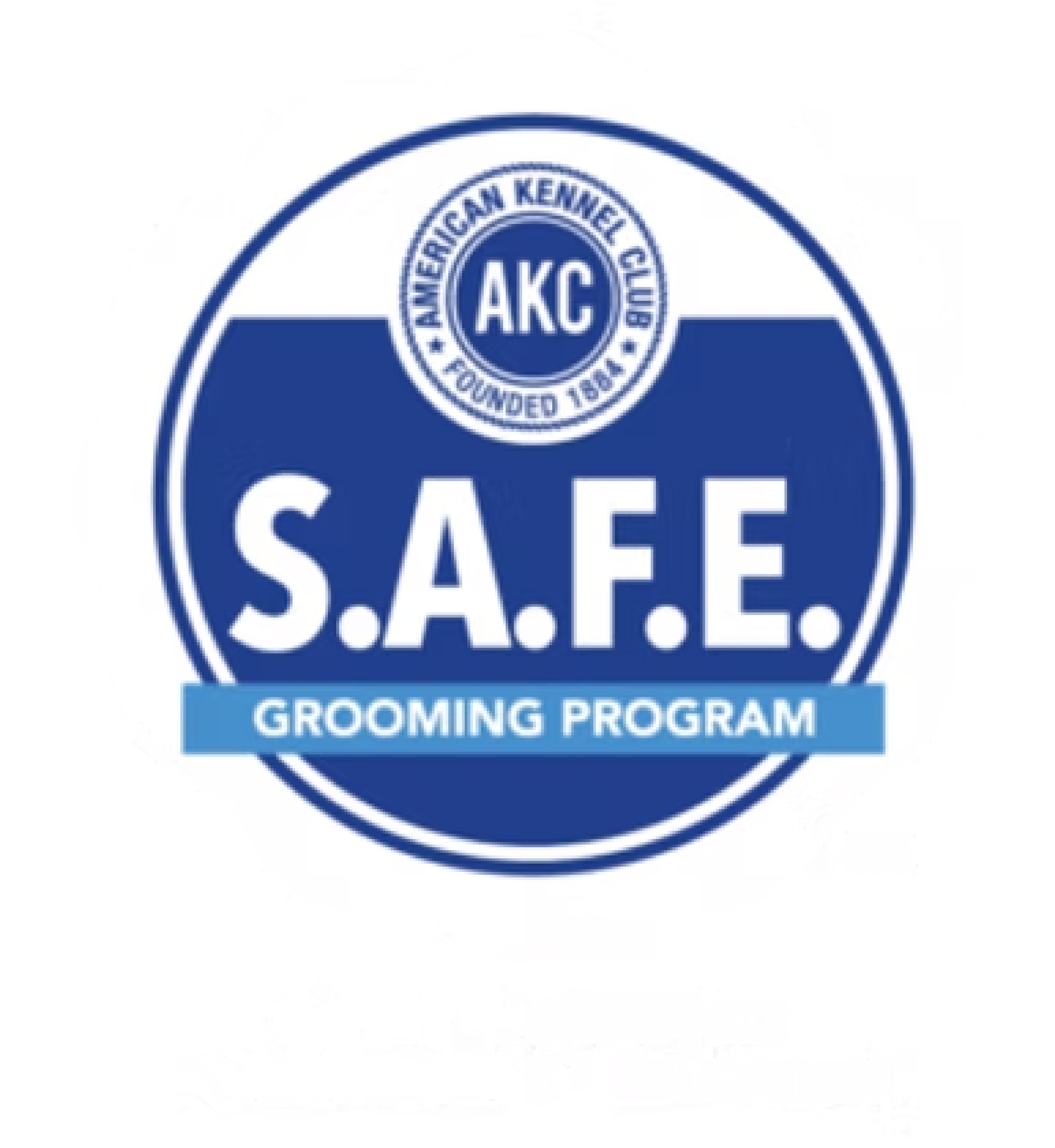
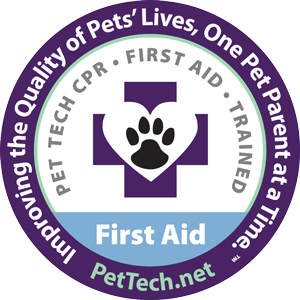
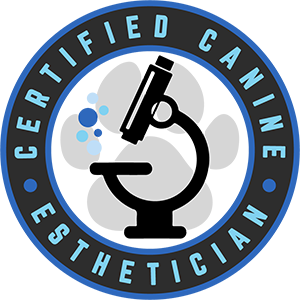


Our dog is difficult, for all services. He’s a rescue puppy who’s obviously been abused and has extreme anxiety about his visits. LuckyPuppy has been extremely understanding and patient with him, couldn’t ask for better service. Would absolutely recommend this place to anybody. Not a lot of places would take the time to cater to abused / traumatized animals. Lucky to have a place like this in town. 👍

The people at Lucky Pup do an exceptional job both with customer interaction and treating each dog with love and care ❤️ I have two very large, but very sweet, Alaskan Malamutes who have been deemed in the past as “unmanageable” due to the handlers being uncomfortable with a large dog. The groomers here do so well with both of them and everytime I pick them up they are beautiful and happy…
